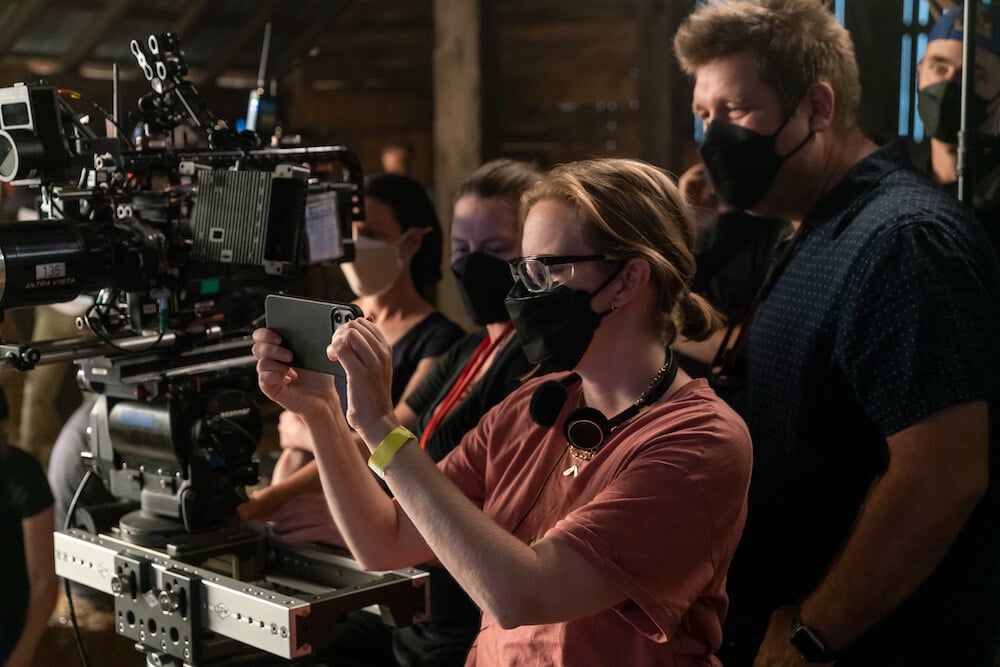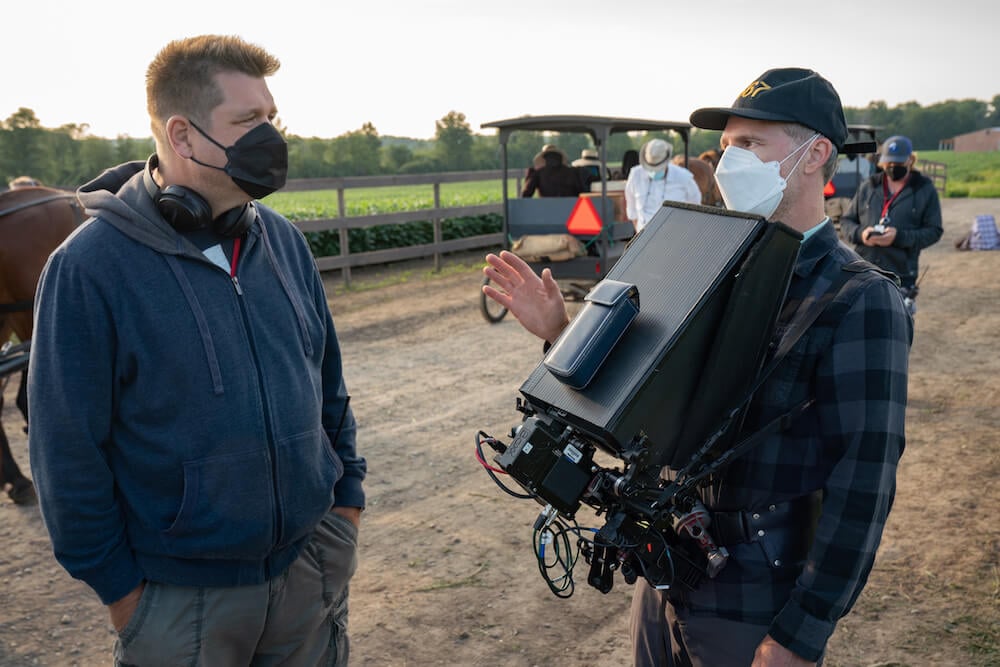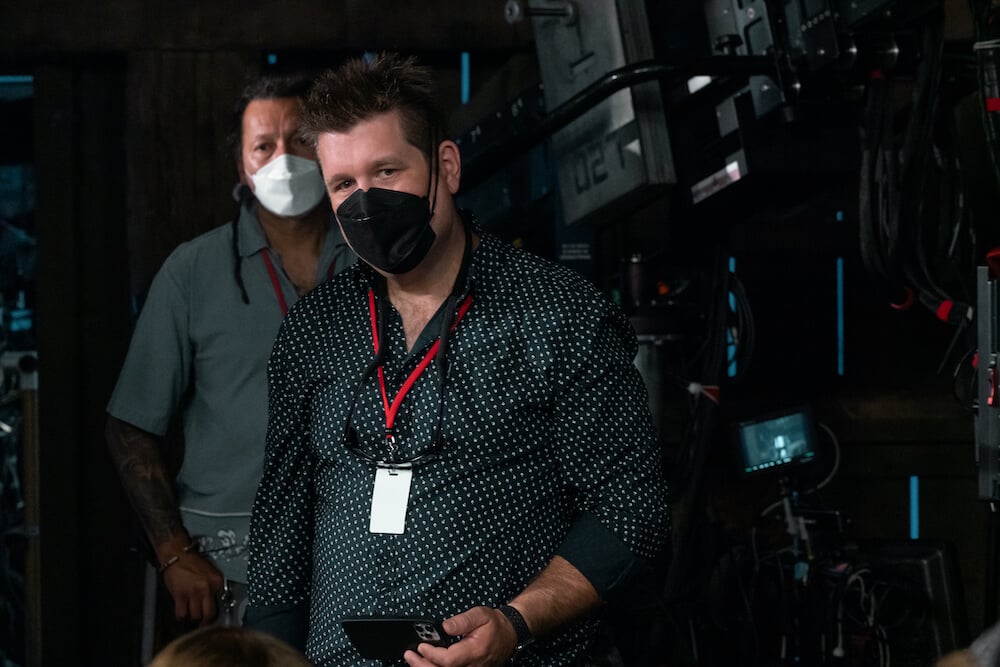Cinematographer Luc Montpellier, CSC on Women Talking

Director Sarah Polley’s feature Women Talking — about a group of women in an isolated Mennonite community in 2010 who share refuge in a hayloft while weighing their colony’s future — has been much lauded since premiering at the 2022 Telluride Film Festival and is now nominated for Best Picture and Best Adapted Screenplay Oscars. Despite its intimate setting, the movie may well be the most epic collaboration to date between Polley and cinematographer Luc Montpellier, CSC, following previous partnerships that include the features Away From Her and Take This Waltz.
To bring visual form to the weight shouldered by the women onscreen, Montpellier and Polley embraced large-format cinematography, employing Panavision’s 1.6x-squeeze Ultra Vista anamorphic optics and Millennium DXL2 camera, all sourced through Panavision’s Toronto location. The cinematographer recently shared his insights into crafting the intimate drama’s visual language.
Panavision: How did you and Sarah Polley go about defining the movie’s visual style?
Luc Montpellier, CSC: We began with the premise that the women in the film are in the process of dismantling an old world and creating a new one. They are contemplating a seismic shift in both their circumstances and their interior lives as they deal with what their faith means now that the structures they have been living within have revealed themselves to be corrupted.
It was important for the imagery in the film to mirror the weight of this seemingly impossible decision. The desaturated palette and large-format anamorphic photography was intended to provide the gothic imagery necessary to support the idea of unwavering faith, and how the traditions of this colony can be suffocating yet beautiful. The shifting of daylight into dusk underscores the limited time in which their life-altering decision must be made and was intended to create visual tension as the light slowly disappears and the women could be discovered plotting at any moment.

Did you find inspiration in any particular visual references?
Montpellier: We really tried to use our instincts on what felt right for the film. It is such an emotional story, it was important to constantly check-in with ourselves and to never underestimate the value of that in our choices.
We did look at Larry Towell’s Mennonite photography. Each powerful image Larry takes is full of emotion and leaves the viewer to interpret their own story.
How did you come to collaborate with Panavision for Women Talking?
Montpellier: Panavision has been an integral part of my creative process as a cinematographer since the very beginning of my career. I simply know I will find the right recipe for any given film based on the vast array of tools they offer all over the world. Their expertise and creative thinking regarding optics is unmatched anywhere else.
What drew you to the DXL2 camera and Ultra Vista lenses?
Montpellier: It was important to Sarah and me that the film feel epic in scope without the sharpness associated with digital cinematography. The Ultra Vistas provided us with an image that took advantage of the shallow depth of field of large-format photography and the legacy characteristics of Panavision anamorphics. We instantly had an emotional reaction to the lenses’ soft edges and their native de-squeezed ratio of 2.76:1 on the DXL2. This aspect ratio allowed us to intimately unite the women in every frame in the loft and to capture the majestic colony exteriors that remind us of what these women are fighting for.

What sets Women Talking apart from other projects in your career?
Montpellier: Women Talking is the most important project I have ever had the privilege of photographing. I have never been part of another film that has instigated so much conversation after the credits roll. This is a rare thing and is truly addictive as a filmmaker.
What inspired you to become a cinematographer — and what keeps you inspired today?
Montpellier: I always escaped to the movies as a kid; I found so much comfort in that. I was also curious about the inner working of things. It was only later, in film school, that I discovered a connection between these things and felt drawn to cinematography. I became very interested in how cinematography can serve a story in just the right way. I also discovered the films of Stanley Kubrick — I could feel his mastery behind the lens.
What keeps me inspired today is a great script and a great director. Nothing beats a creatively safe environment where collaboration is celebrated.